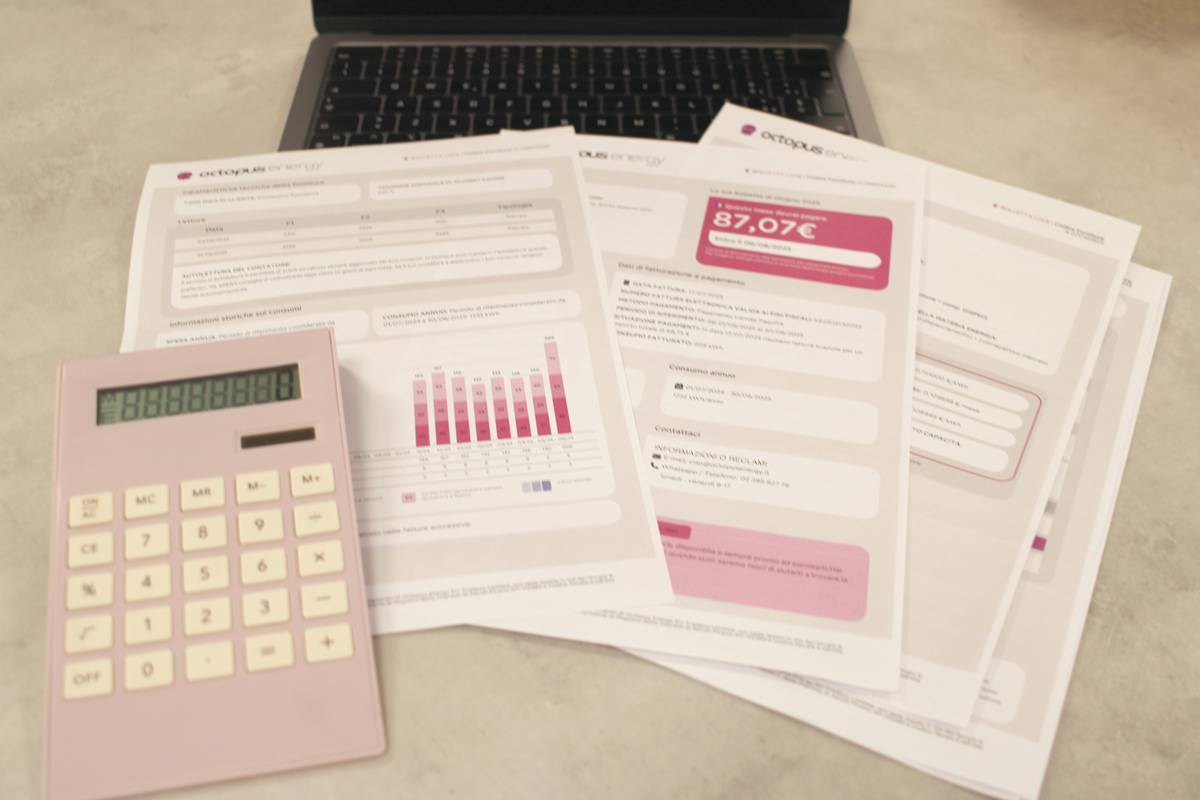Ever felt like you’re drowning in loan payments while trying to stay afloat financially? You’re not alone. In fact, over 40% of borrowers experience some form of financial hardship at least once during their repayment period. If that sounds familiar, this deferment steps guide is here to help you breathe easier.
In this post, we’ll break down everything you need to know about deferring loans—from understanding what it really means to executing each step flawlessly. By the end, you’ll have clear answers on how to pause your payments without wrecking your credit score or insurance benefits.
Table of Contents
- Understanding Loan Deferment
- Your Step-by-Step Deferment Process
- Best Practices for Successful Loan Deferment
- Real-Life Examples of Deferment Done Right
- Frequently Asked Questions About Loan Deferment
Key Takeaways
- Loan deferment can provide temporary relief but requires careful planning.
- Follow a clear deferment steps guide to avoid unnecessary penalties.
- Good communication with lenders is critical for approval.
What Is Loan Deferment—and Why Should You Care?
Let’s get one thing straight: loan deferment isn’t magic. It’s an agreement between you and your lender to temporarily pause or reduce monthly payments due to financial hardship. Sounds simple enough, right? But oh boy, there are so many ways people mess it up. Like me—I once forgot to submit my income verification documents after applying for deferment (*facepalm*). Spoiler alert: My application got rejected.
Why bother learning about deferment? Because failing to handle it properly could mean higher interest accruals or even losing your insurance coverage tied to your account. Picture this: Your car loan has gap insurance, which only works if you’re actively paying off the debt. Letting those payments slide without proper deferment procedures? Chef’s kiss for disaster.

Your Step-by-Step Deferment Steps Guide
Step 1: Assess Your Financial Situation
Optimist You:* “This will be easy!”
Grumpy You: “Ugh, fine—but let’s make sure your numbers actually add up first.”
Before diving into the process, crunch the numbers. Are you facing temporary unemployment, medical bills, or another short-term issue? Lenders typically approve deferments based on documented financial struggles. Gather bank statements, pay stubs, or proof of hardship.
Step 2: Check Eligibility Requirements
Not all loans qualify for deferment—especially private ones. Federal student loans usually offer more flexibility than credit card balances or auto loans. Research your specific loan type using resources from trusted websites like [StudentAid.gov](https://studentaid.gov).
Step 3: Contact Your Lender Immediately
Pick up the phone or send an email ASAP. They want to hear from YOU before issues spiral out of control. Be prepared to explain your situation clearly and provide supporting documentation.
Step 4: Submit Your Application Online (or via Mail)
Most lenders allow online submissions through their portals. Make sure every field is filled accurately. Double-check—even triple-check—that you attach all necessary files before hitting ‘submit.’ Trust me; nobody wants to start over because they missed something.
Step 5: Confirm Approval and Understand New Terms
Once approved, review the revised terms closely. Does interest still accrue? What happens when deferment ends? Write these details down somewhere safe—like Notes app or even good ol’ paper.

Pro Tips for Navigating Loan Deferment Successfully
- Keep Paying Until Approved: Never assume you’re cleared until you receive official confirmation. Missing payments prematurely hurts your credit score big time.
- Budget Around Resuming Payments: Plan ahead for when the deferment period expires. Build savings now to cushion future shocks.
- Avoid Scams: Watch out for shady services promising guaranteed approvals for a fee. Legitimate deferments don’t cost extra!
Real-Life Success Stories of Effective Deferment Strategies
Sarah, a recent grad, used federal student loan deferment to focus on her internship full-time. By following our deferment steps guide, she avoided penalties and resumed regular payments six months later. Another example? James deferred his mortgage during unexpected job loss. He communicated openly with his bank and negotiated flexible repayment options afterward.

Frequently Asked Questions About Loan Deferment
Q: Can I defer any type of loan?
A: Not necessarily. While federal programs often support deferment, private lenders may impose stricter rules. Always check directly with yours.
Q: Will deferment hurt my credit score?
A: No—if handled correctly! Late or missed payments prior to approval, however, WILL impact your score negatively.
Q: How long does the deferment last?
A: Durations vary depending on loan type and reason for hardship. Federal guidelines typically allow up to three years max.
Deferment Steps Recap
Navigating loan deferment doesn’t have to feel overwhelming. With this comprehensive deferment steps guide, you’re equipped to tackle the process head-on. Remember: Communication, preparation, and persistence are key. And hey, maybe treat yourself to coffee along the way—it IS hard work!
Like finding Pikachu in Pokémon Go, small victories matter. So take action today and secure that peace of mind tomorrow. ✨
“Stay sharp,
Just like dial-up internet speeds, patience pays off.”
— Haiku Edition 🎶


